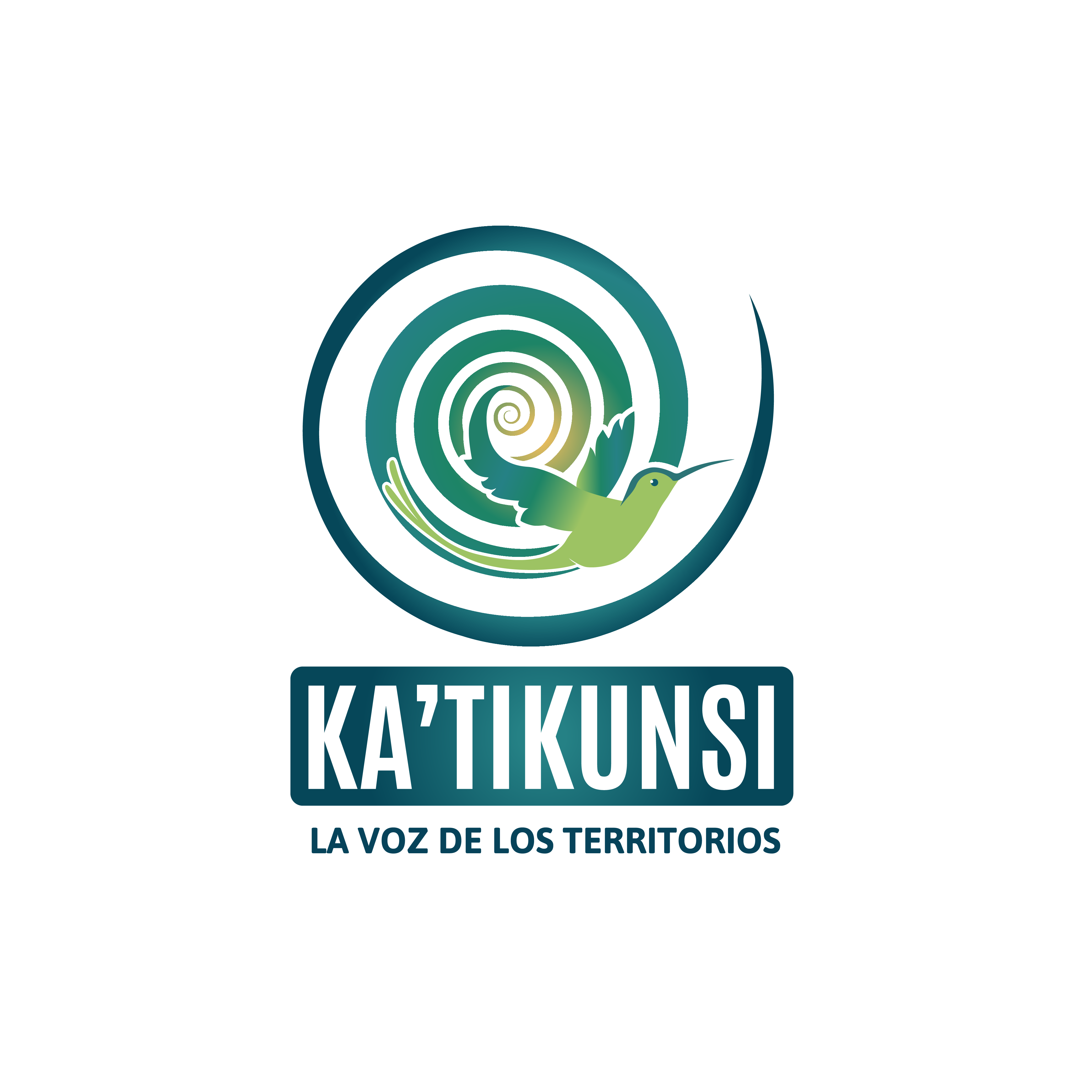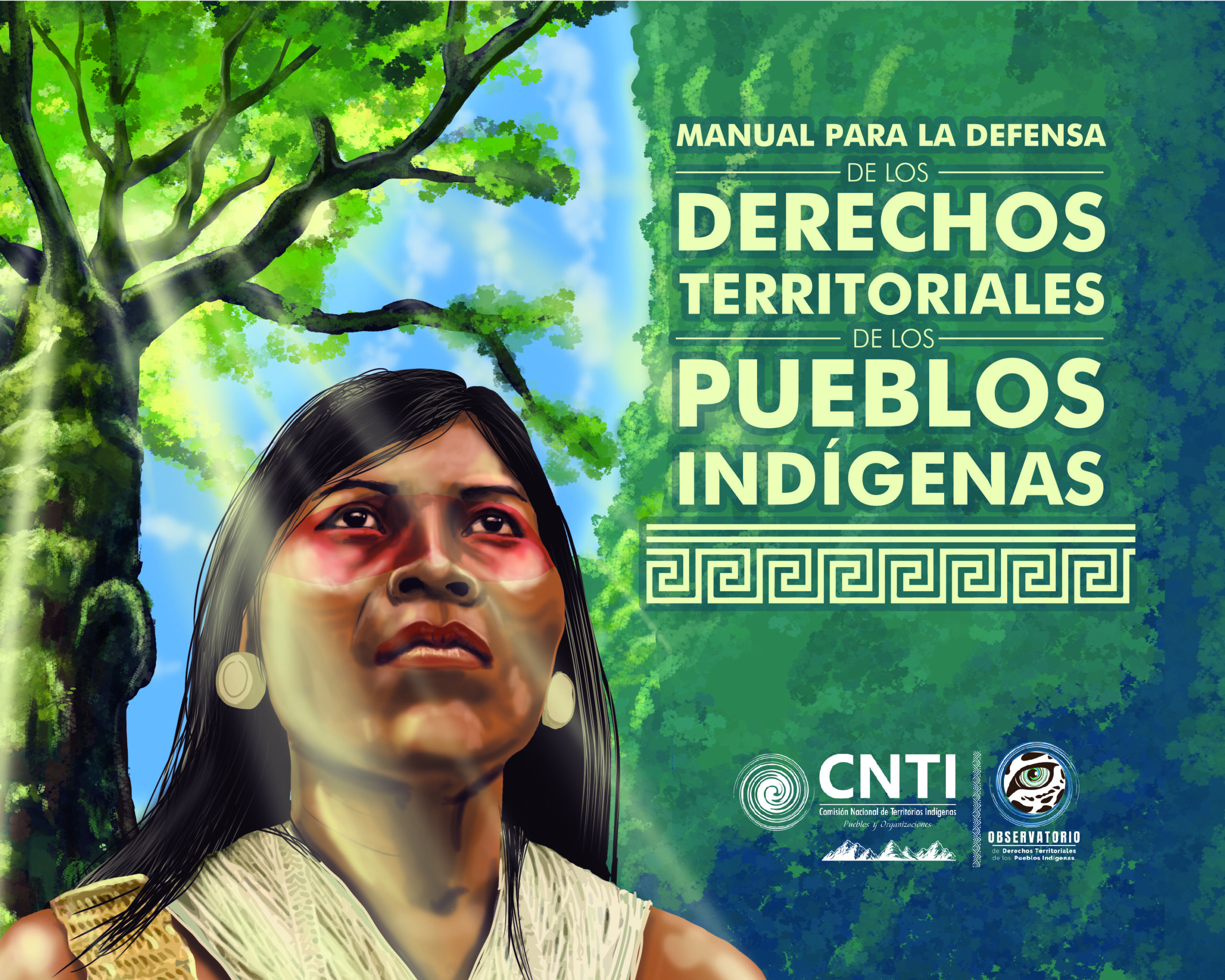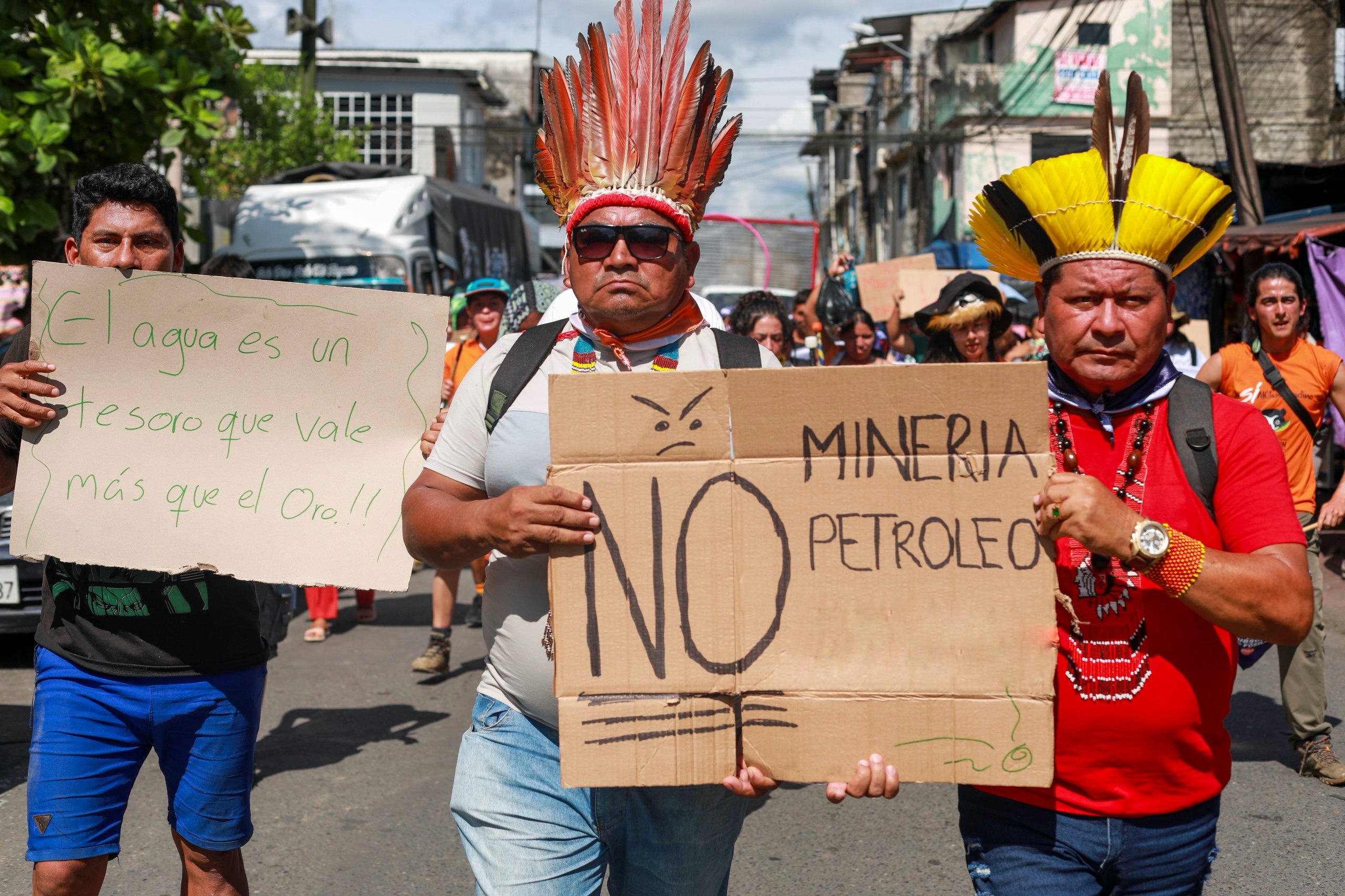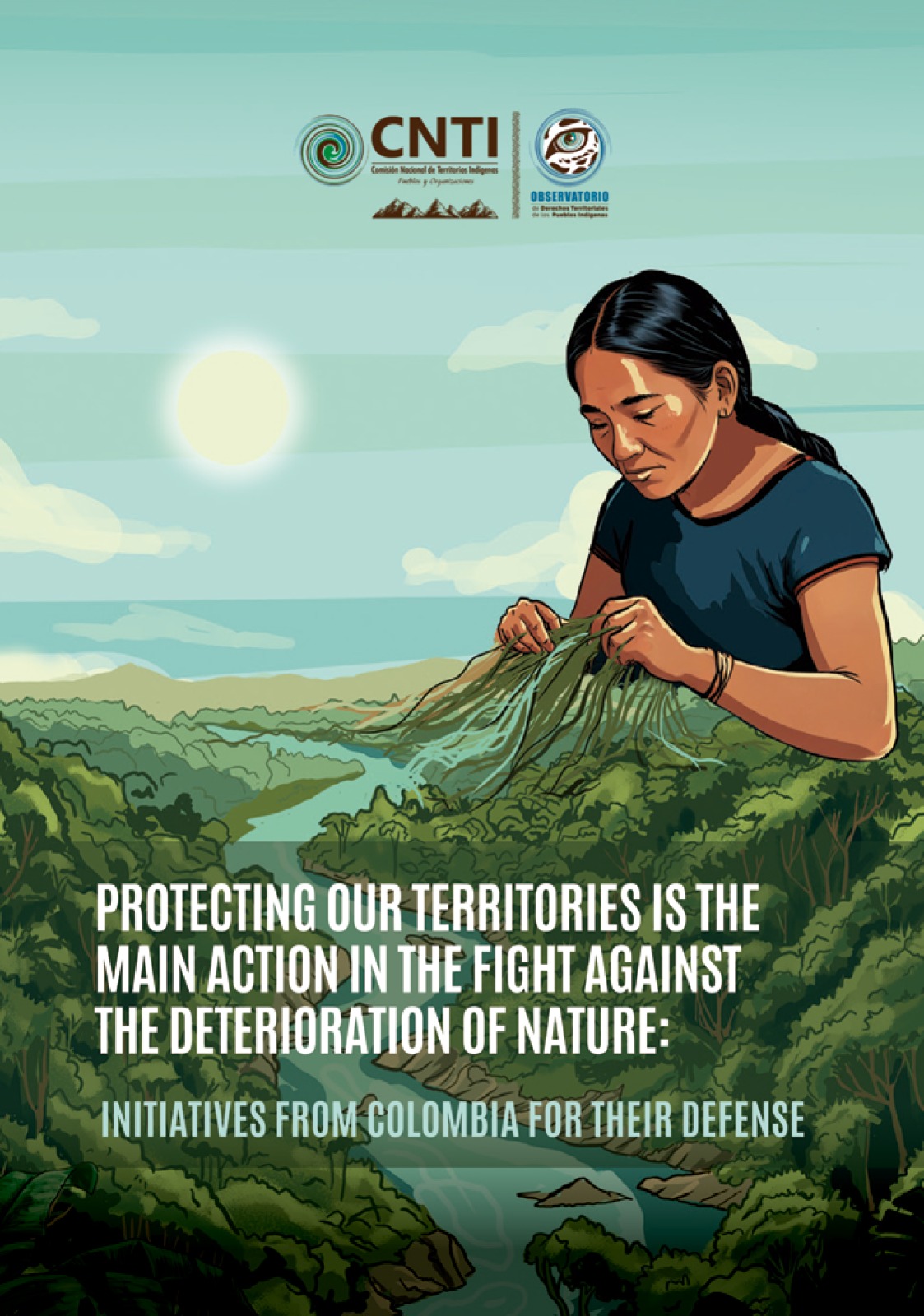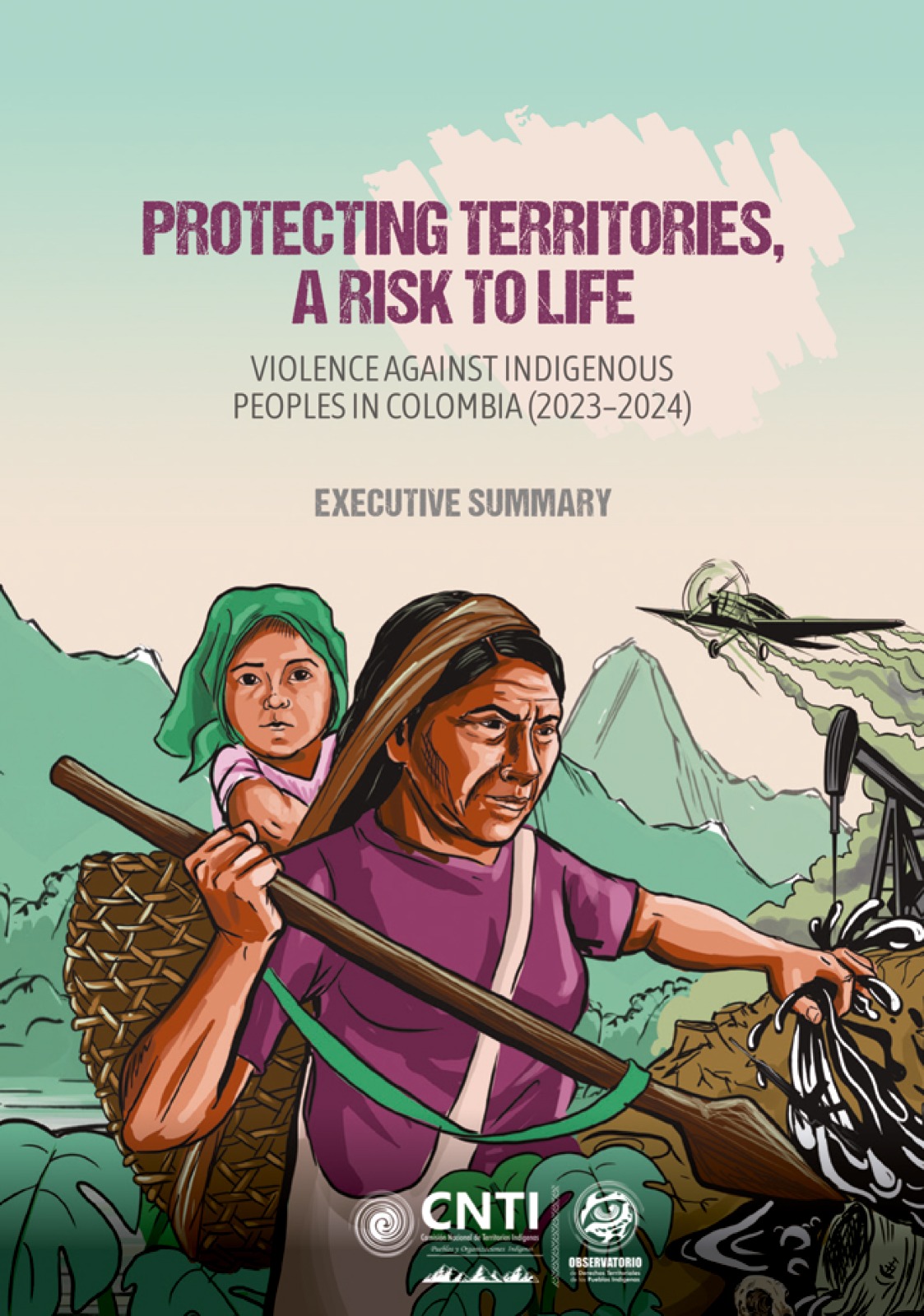- La participación indígena en la COP 30, esencial para las decisiones globales
- Comunicado a la opinón pública sobre retroceso en derechos indígenas tras exclusión del Capítulo Étnico en la ONU
- Pueblos Indígenas defienden la moratoria del CDB sobre árboles genéticamente modificados: la biodiversidad no se negocia
- Los sistemas de información como pilares fundamentales para la defensa de los territorios indígenas en Colombia
- 24 de octubre Día Internacional contra el cambio climático
The defense of life and territory by indigenous peoples has become one of the most highrisk activities in Colombia, and today it can be considered one of the most dangerous pursuits worlswide. According to Global Witness, for three consecutive years Colombia has been ranked as the most murderous country for those who defend nature and territory. Between 2012 and 2024, 2,253 rights defenders were assassinated, including 789 indigenous peoples, or 36% of total victims. Indigenous peoples are the hardest hit by this violence, which seeks to silence our voices and dispossess us of our territories. In Colombia, defending our land means paying with our lives.
During 2023 and 2024, the safety and security of Indigenous Peoples in Colombia deteriorated significantly. Communities faced an escalation of systematic violence associated with the intensification of the armed conflict and the reconfiguration of alliances between illegal armed actors and local economic powers vying for territorial control. These dynamics added to the legal and material insecurity of indigenous territories, which historically has enabled dispossession and has increased the risks for those who defend life and territory.
Between 2023 and 2024, the Information System on Sociopolitical Violence against Indigenous Peoples (SIVOSPI) of the Observatory for Territorial Rights for Indigenous Peoples (ODTPI) of the CNTI recorded 282 attacks on 2,372 indigenous rights defenders.1 Of these, 186 involved criminal acts resulting in 218 fatalities, while 96 targeted 2,154 individuals through threats, kidnappings, forced displacement and the recruitment of children and adolescents. It must be noted that SIVOSPI has been recording the murders of rights defenders since 2016.
The cases show a progressive pattern in which various types of violence precede the murders, operating as mechanisms of pressure and territorial control to weaken the resistance of communities.
According to SIVOSPI data, murder continues to be the most recurrent and brutal strategy used to silence indigenous defenders of life and territory. Between 2023 and 2024, 150 assassinations of indigenous leaders, community members, and authorities were recorded, reflecting the existence of systematic persecution against those who play an essential role in community unity and the defense of territories. Of the total number of victims, 81.3% (122) were men, 13.1% were women, and in 5.2% of cases, no information is available. It should be noted that this data is in addition to the 539 murders recorded between 2026 and 2022 by SIVOSPI.




